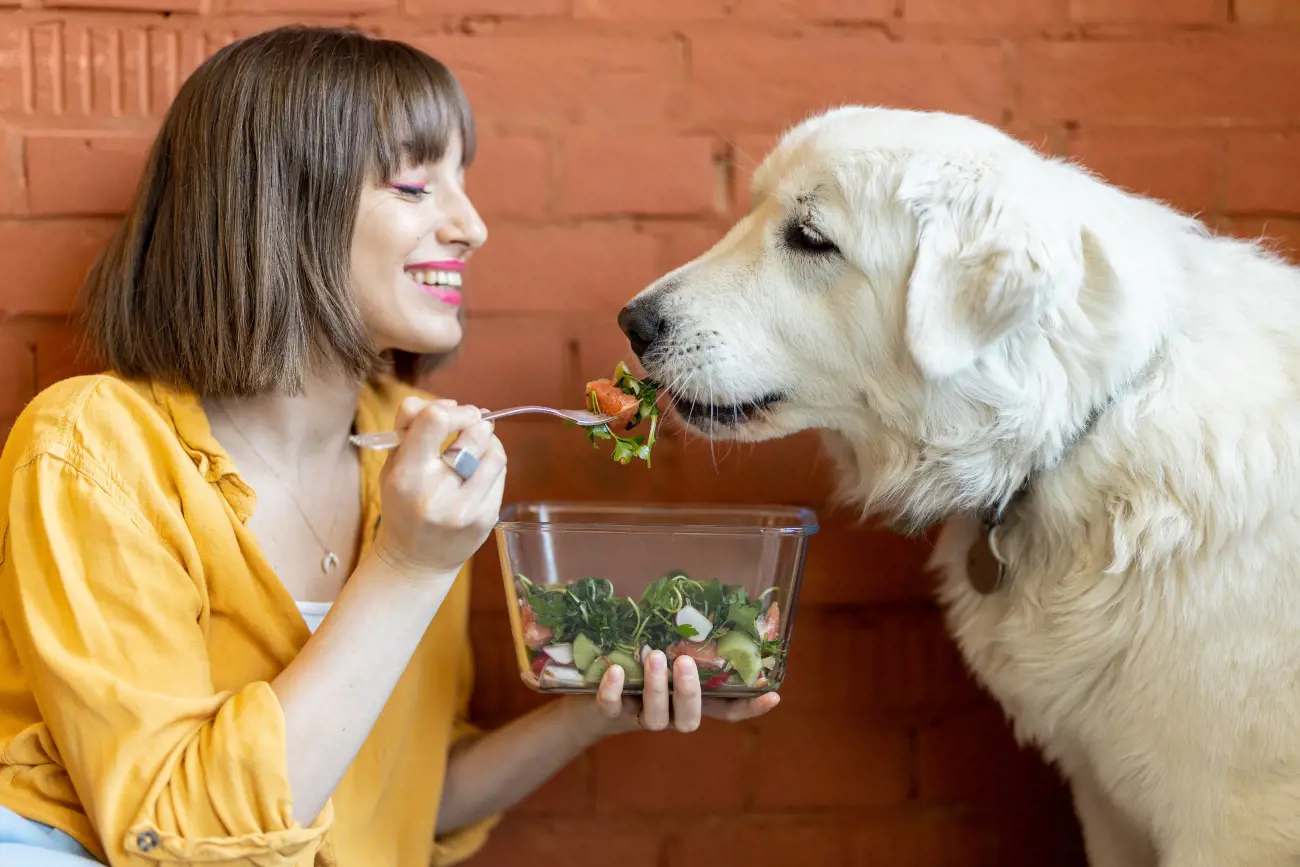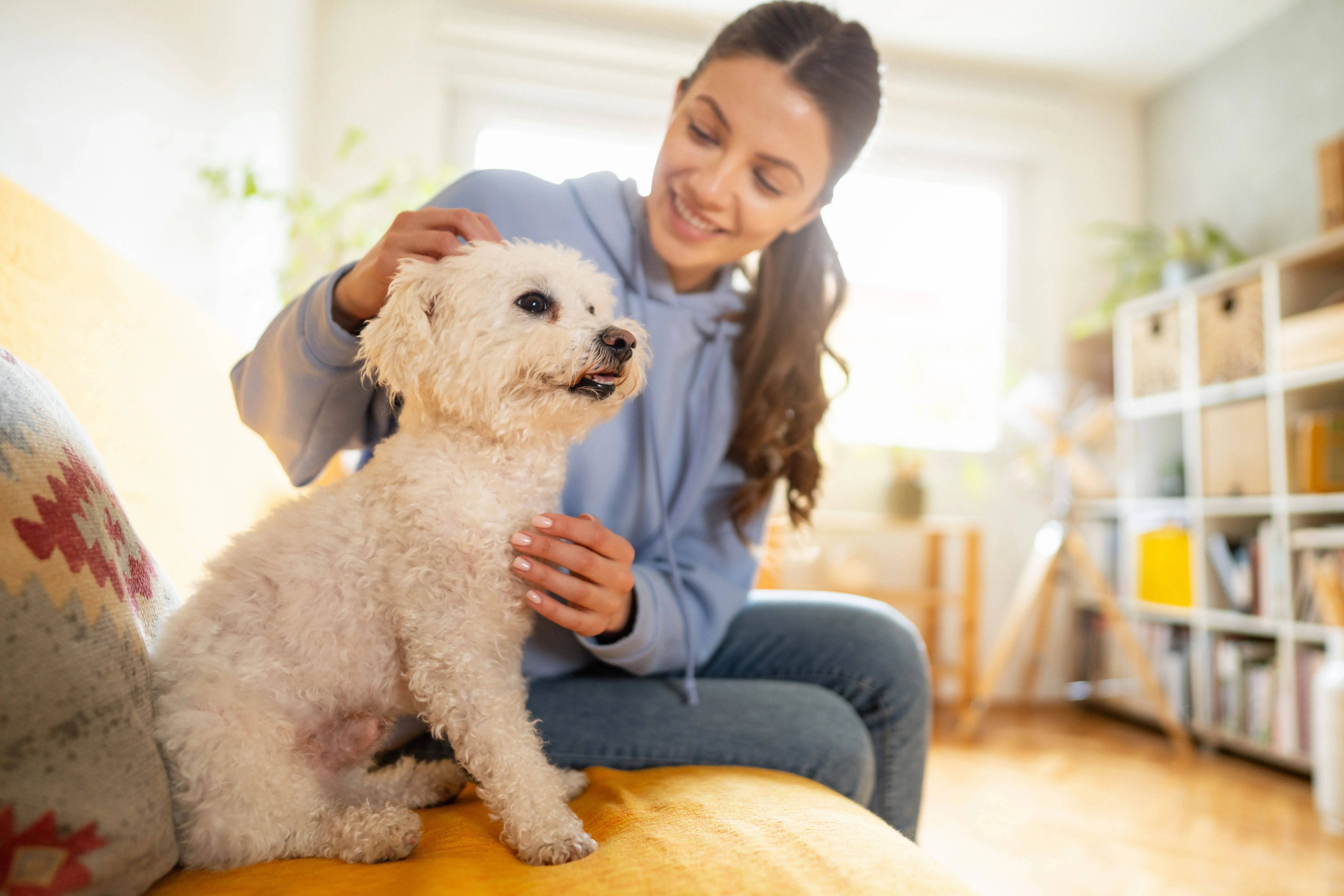How to make your dog trust you
23rd December, 2021
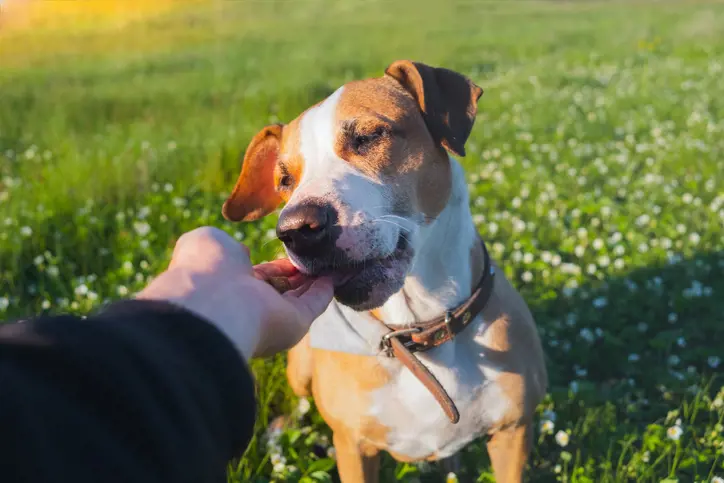
It can be hit or miss when it comes to greeting a dog for the first time. They’ll either sit attentively, enjoying every stroke, or turn and walk away. You might even get the odd snarl or growl. It all comes down to trust. Gaining a dog’s trust can take time and persistence, especially if they’re a rescue dog and perhaps have not had the greatest start in life.
It can be hard not to take it personally, but you’re looking at it from a human’s perspective. When we meet a stranger, normal protocol is to shake hands and introduce ourselves – dogs obviously don’t do this. Dog socialisation is very different to human socialisation.
Think of it from the dog’s perspective – when a human first encounters them, they walk straight in front of them, speak in a loud, unfamiliar voice and start stroking their head. For dogs who take their time to warm up to someone new, this can be an alarming experience.
So, what’s the secret to gaining a dog’s trust? In short, time and patience. In this article, we’ll look at what that means in practice. Having some specialist dog insurance in place also means you’ll be covered for third party liability, in case your dog injures someone or damages their property.
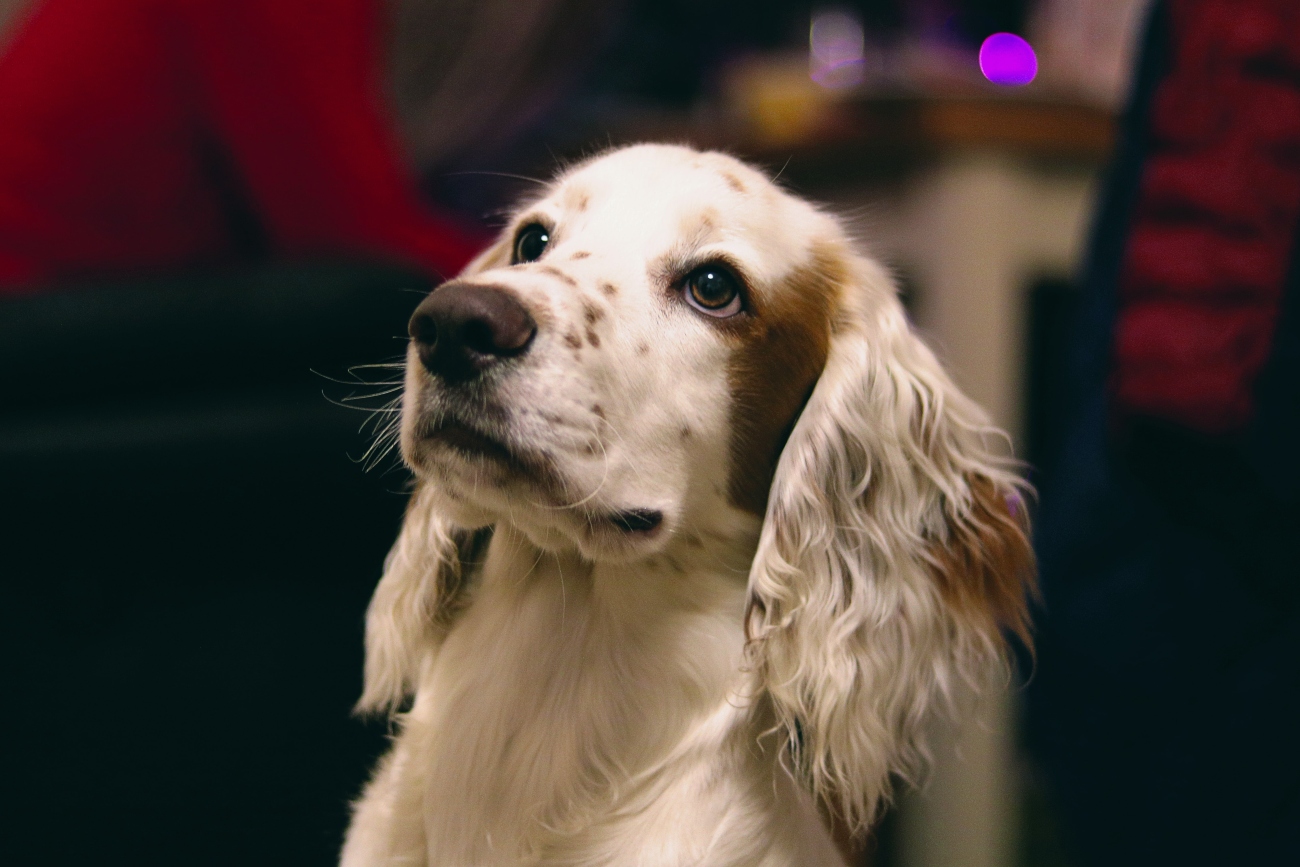
The meet and greet
The key to making the right kind of first impression is to always think from the dog’s perspective. So, rather than trying to impress the owner or breeder with your dog-friendly manner, take a minute to understand the dog first and read its behaviour.
If they’re in a corner or shying away, it might be best to let them take their time and come to you, rather than going in for a big doggy cuddle. Speak to the handler to get a better idea of the dog’s personality. They’ll appreciate the fact that you are putting the dog’s needs first – as opposed to your desire to pet the dog.
Whether you’re going to meet a friend’s new pup, give the next door neighbour’s pooch a quick stroke, or bring a new dog into your home, here are a few things you can do to earn a dog’s trust.
1. Give them space
If you’re bringing a new dog into your home, give them time and space to suss everything out. It’s a nerve-wracking experience going into a new environment and meeting new people for the first time, so allowing them to look around, smell and listen will make them feel more comfortable in their new surroundings.
2. Stay calm
Dogs tend to come to you in their own time – when they do, or if you want to approach them after a time to show that you care, it is important that you stay calm. Keep your volume and tone at a normal or hushed level, allowing the dog to properly hear your voice. Often you’ll see people approach an unfamiliar dog in an excitable fashion – but all this does is encourage unwanted behaviour, like jumping up on you. If you’re not careful, you might even trigger a dog's fight or flight instinct and they could injure themselves - or you.
3. Avoid eye contact
Making eye contact with a dog can be read as threatening so try to avoid this at first. Sometimes it’s best to just ignore the dog’s presence altogether initially – as an animal lover, this might go against your natural instincts but it can prove better in the long run.
4. Get down to their level
Never approach a dog from the front, do it from the side. It is best to kneel down in their direction, holding your hand down in a fist, still not making eye contact – all of this feels non-confrontational to the dog.
5. Go for a walk
When first meeting a dog, doing all of the above is important in establishing that initial trust. When you have managed that, taking them on walks is the next step. Try to stay calm when you hold the lead, taking it gently in your hand without pulling sharply. This helps show them that they are safe in your company, and the trust will hopefully follow.
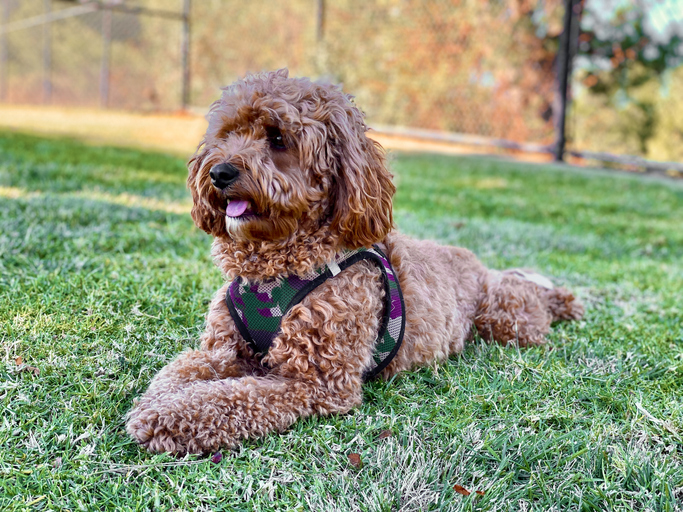
Moving forward with your new doggie friend
Having managed to build up some initial trust with your new canine companion, it’s now about maintaining and developing it. Depending on the circumstances, the following things will enable you to achieve this:
1. Drop a treat or two
If your dog is behaving well, seal the deal with a treat. With a bit of luck, they will associate you with nice things and gain confidence. That said, this doesn’t mean you can go into full-on fuss mode yet – bide your time! And be careful of giving treats too often - they should only be given to reinforce good behaviour.
2. Stick to a routine
Whether you’re looking after someone else’s dog or your own, keeping to a routine is vital. Dogs love routine as they know what to expect next – like a walk after breakfast. Obviously, it might not always be possible to stick rigidly to a routine, as other life events get in the way, but try to maintain it at least at the start of your relationship.
3. Build up your bond
It might sound like an odd thing to do, but every now and then, try lying on the floor whilst watching TV. This will encourage curiosity and your dog will follow your lead, rolling over with you as they begin to interpret you as ‘one of their own’ pack.
Get some training under their collar
Training is about more than just getting your dog to do the things you want them to do. As the RSPCA explains, a “well-trained dog will trust that a familiar routine will result in the positive result they're anticipating”.
It’s important to note that not all dogs are easy to train. We’ve highlighted some of the most trainable breeds in our recent blog post. If you’ve adopted a rescue dog, for instance, training can prove to be a longer process as you’re having to undo some previous trust issues as well as instilling some confidence. Many rescue dogs come from bad environments where their owners betrayed their trust, so it may take them longer to adapt to a normal loving home. But as long as you work with patience and consistency, you will get there as a team.
There are some great training games that you can play with your dog to encourage positive and healthy behaviour. Let’s take a look at five, as proposed by the RSPCA:
1. Bring out the tricks
Teaching your dog how to perform a trick or two is often easier than you think – classics like paw, hi-five or crawl are a good place to start.
Your dog might surprise you how quickly they pick up a new trick – especially if you add a treat or two into the mix.
Remember, it’s about setting your dog up to succeed, building their confidence, so don’t be shy about offering plenty of positive reinforcement and reward. If they aren’t responding positively to one game, move on to another, until you find one that they get the hang of. Just be mindful of confusing your dog with too many new commands in quick succession.
We’ve also listed some tricks you can teach your dog here.
2. Get them searching for ‘treasure’
Did you know that dogs experience an increase in dopamine - the 'feel good' hormone – when they are searching for something? Dogs love exploring, so if you can make them want to discover new things through a game, you’re really onto a winner.
A simple game of hide and seek should do the trick. Start with a game in the house – as much as anything else, this will get your dog exploring their new environment freely and independently.
Don’t make it too difficult for them at the start – place treats in easy to reach places and encourage your pup to seek them out. You’ll visibly see their confidence grow as they succeed in finding the ‘treasure’. Once they’ve got familiar with their indoor surroundings, you can take the game into the garden, or even the park.
Make sure they’re supervised all the time – that way, if they do come across something that startles them, you can provide them with reassurance, building that trust.
3. Sit back and watch
Training games are a great opportunity for you to sit back and watch to see how your dog responds to different objects and stimuli.
There doesn’t have to be a great deal of structure to it – simply set your dog up with some toys, boxes, pots or whatever you think might be of interest to them and let them explore the objects themselves.
If your dog exhibits good behaviour such as play, make sure you reward them. Over time, this will build positive and healthy behaviour.
It’s a great way of gauging how confident your dog is and what their natural instincts are – vital knowledge to have when you’re trying to bond and build trust with an animal.
If your dog is showing positive signs, keep mixing things up – throw a toy into the mix or add some paper to keep it interesting for them. As much as anything else, watching them enjoy themselves will give you plenty of satisfaction.
4. Incentivise recall
Ensuring your dog listens to you when you call their name is extremely important from a safety point of view. Hopefully this is something you mastered early on at puppy training classes. It’s really satisfying to know that your dog knows their name and responds to you in the way that you want them to.
Trust is always a two-way thing – you need to be able to trust that your dog will listen and return to you when you need them to. If they don’t, you’ll be less inclined to give them a long leash – and your dog will resent you for not having the confidence to let them go off and explore on their own.
So, as you take your dog on a walk, practise that recall. As an example, for every 20-minute walk, make sure you’re calling your dog’s name five times at varying intervals, rewarding them with a treat every time that they return to your side.
It’s all about building your dog’s focus – there’s plenty to distract them when out on a walk, but treats trump most things!
Use a retractable lead to start off with, to give them freedom but without the risk.
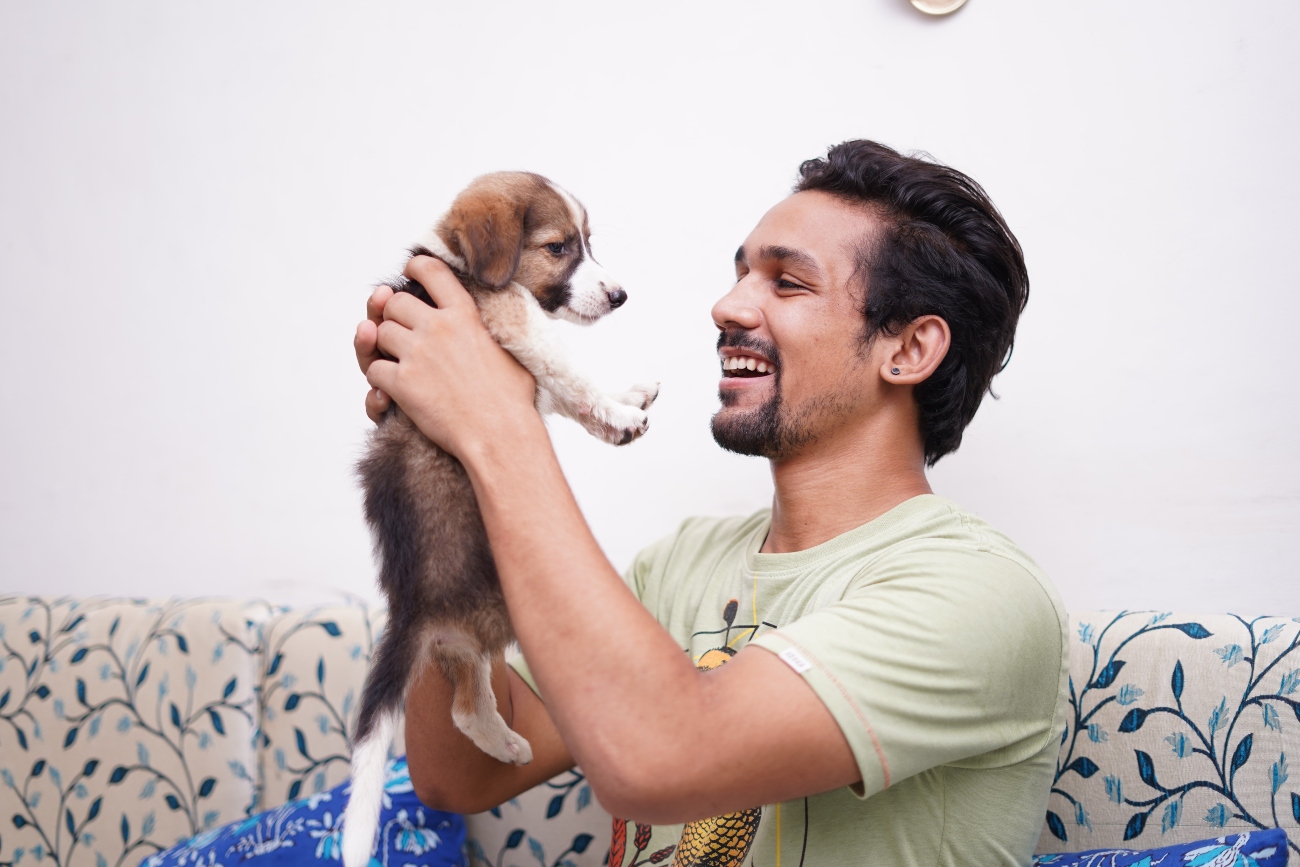
5. Set aside time for play
Most dogs don’t ask for much, they just crave their owner’s time and attention. That’s why you can’t beat some good old-fashioned play time to cement the bond with your dog.
Dogs love the classics: a game of tug or chase usually goes down a storm. Some dogs love toys that make a noise, too - although after a few hours of play this might get a little annoying for you!
Of course, you need to be mindful of dogs who have never been given the opportunity to play naturally. Give them a selection of toys to suss out and see which ones they take a fancy to.
Protect your pet with 5* Defaqto rated cover
If a dog feels threatened there’s a good chance they could run away and get lost, or injure themselves, or someone else. That’s why having dog insurance in place right from the start of your ownership is a good idea. It covers the costs of treatment for your dog as well as any third party liability.
With a specialist puppy and dog insurance policy in place, financial worries won’t stop you getting your pet the treatment it needs.
Here at Purely Pets, our dog insurance includes a 24-Hour Vet Helpline, free of charge to all of our customers. So, should you need to act quickly, you can pick up the phone and ask the experts for their advice without delay.
As award-winning insurance specialists, we understand what it is that pet owners need from their dog insurance.
Get a quote today.
Helpful Pages
Recent Posts
Pet Insurance Quote
- 98% claims paid *
- Claims paid directly to vets
- 24/7 vet video consultations
- Interest free monthly payments

